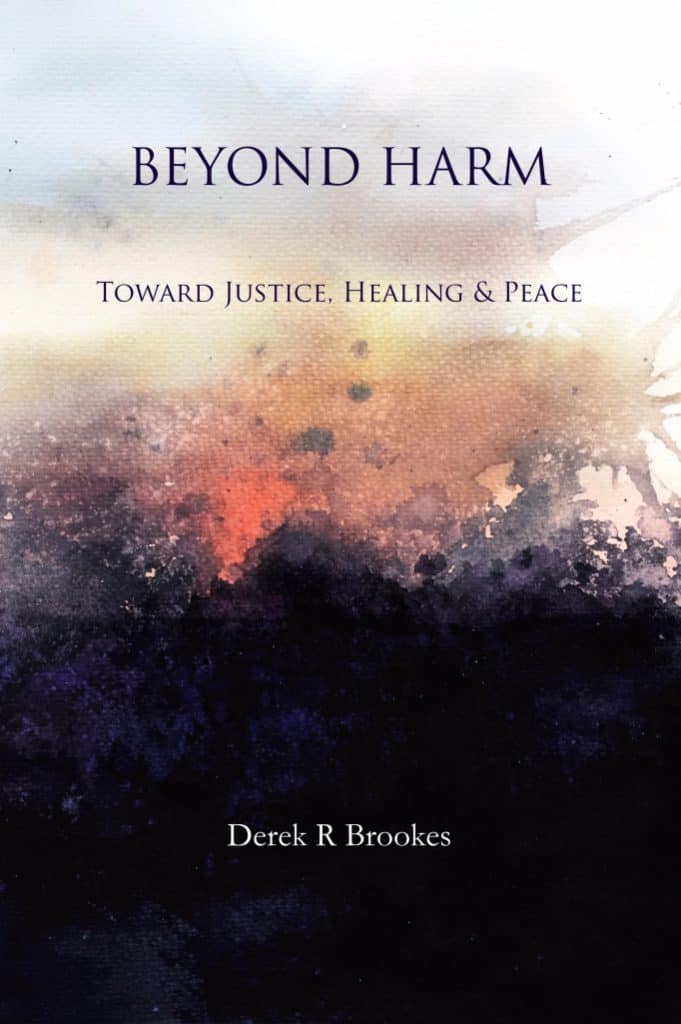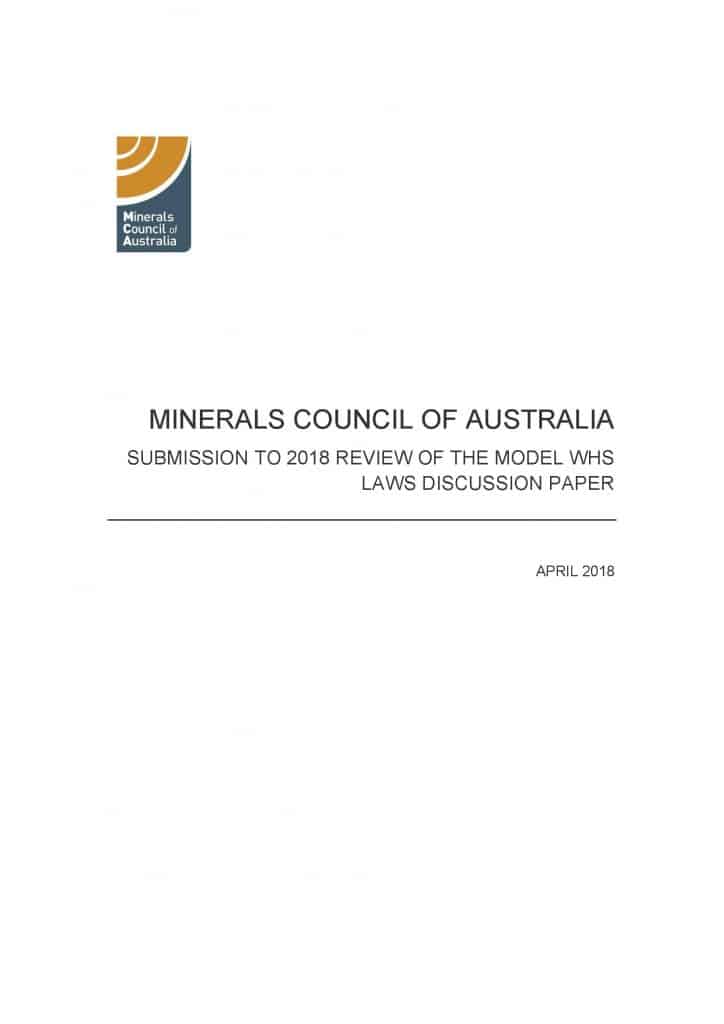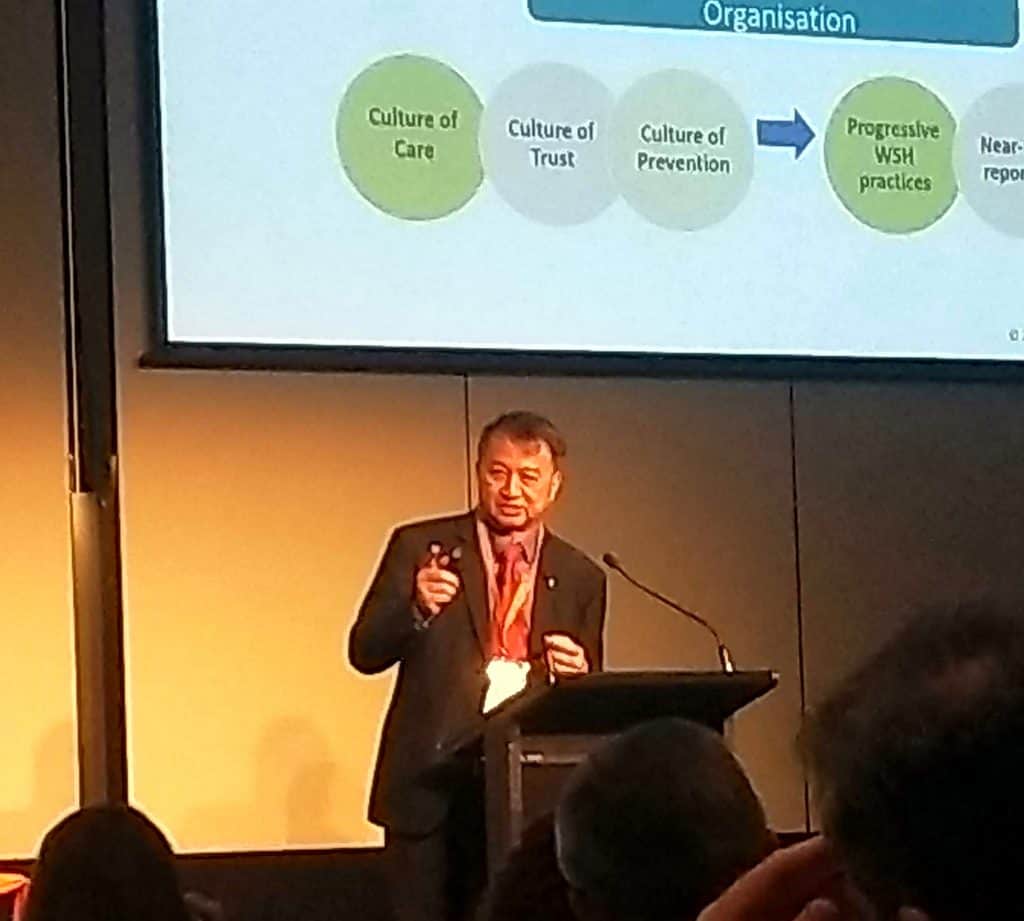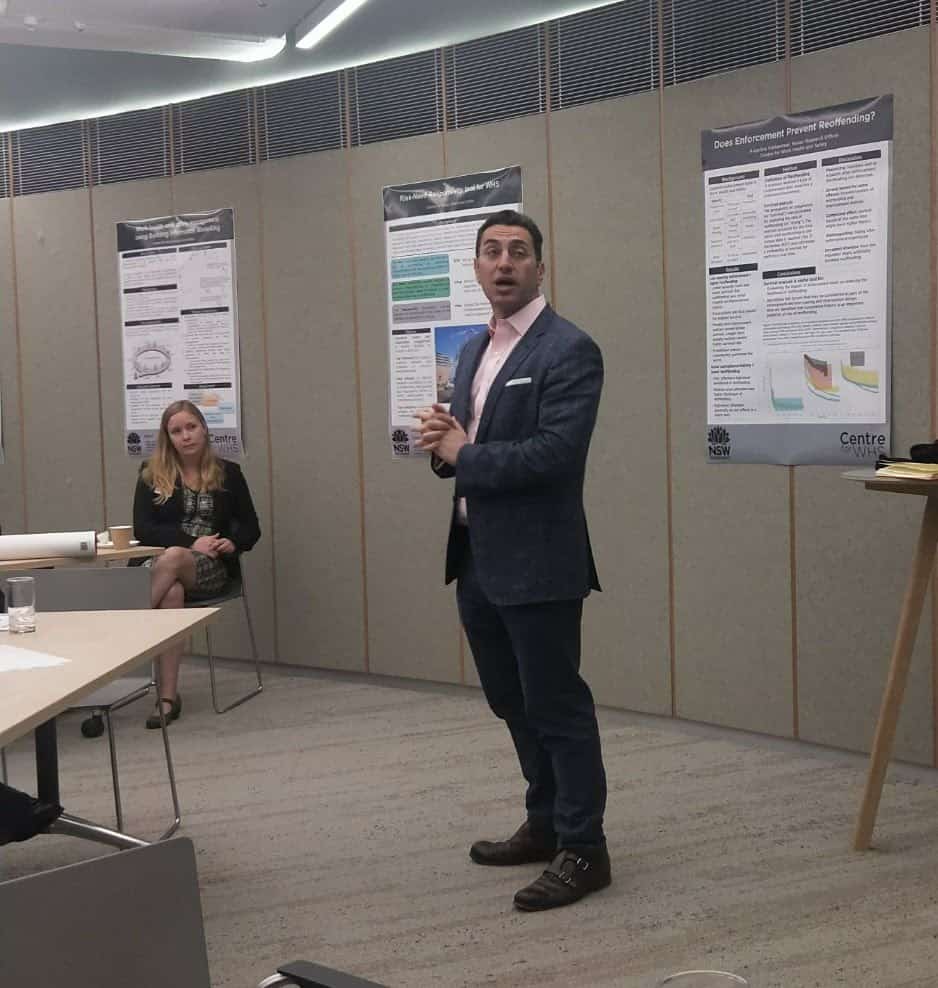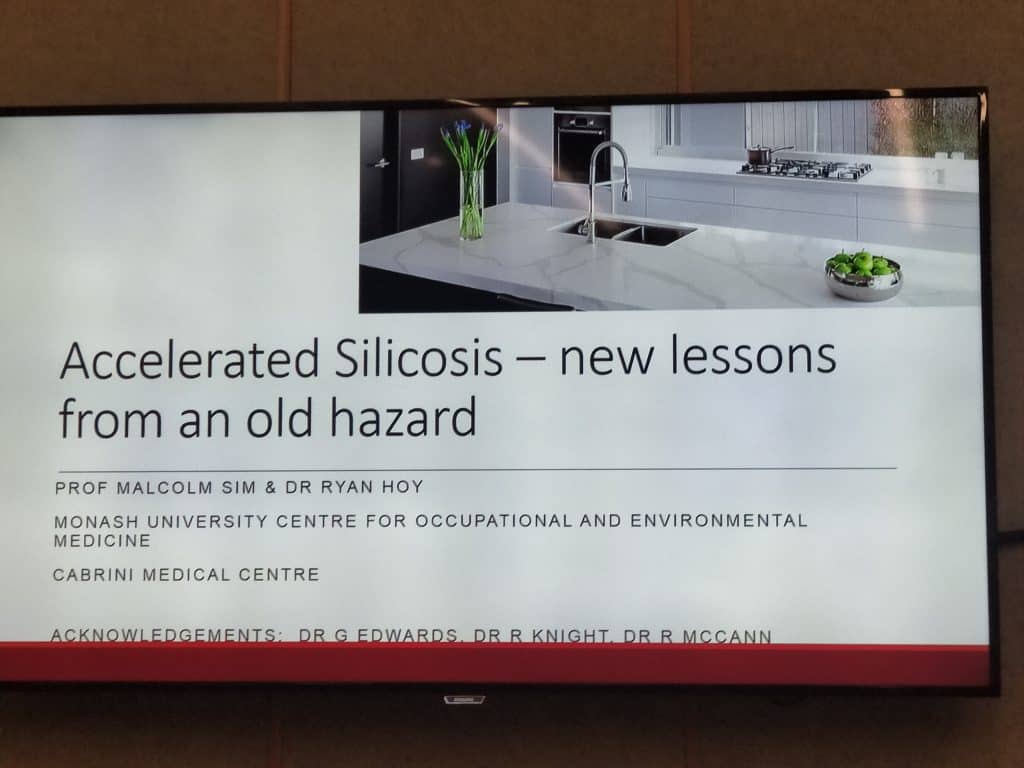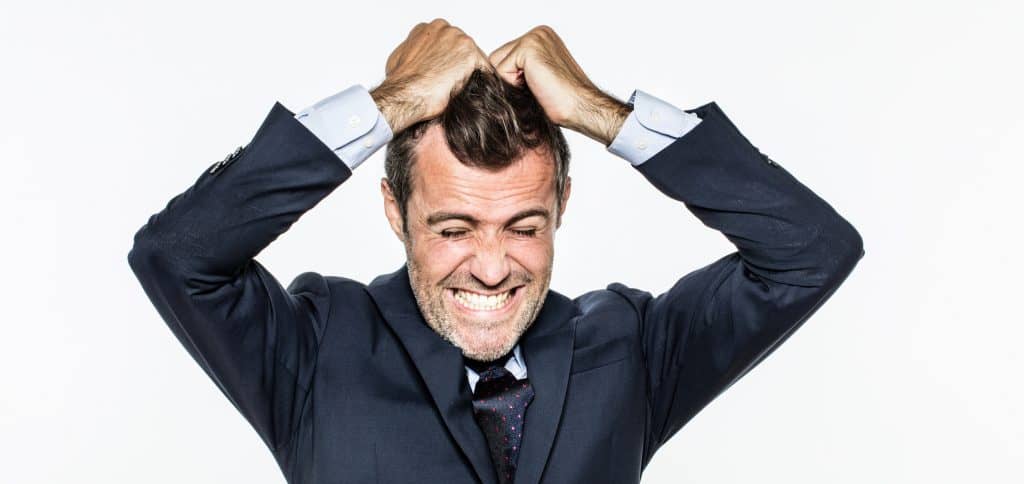
On September 24 2019, the Council of Small Business Organisations Australia (COSBOA) called for the withdrawal of the Boland review into Australia’s work health and safety (WHS) laws.
In a media release COSBOA’s CEO, Peter Strong, states:
Continue reading “COSBOA is outraged over mental health and jail”“The report solely focusses on workers, giving zero consideration to the mental health of employers and the self-employed….”

